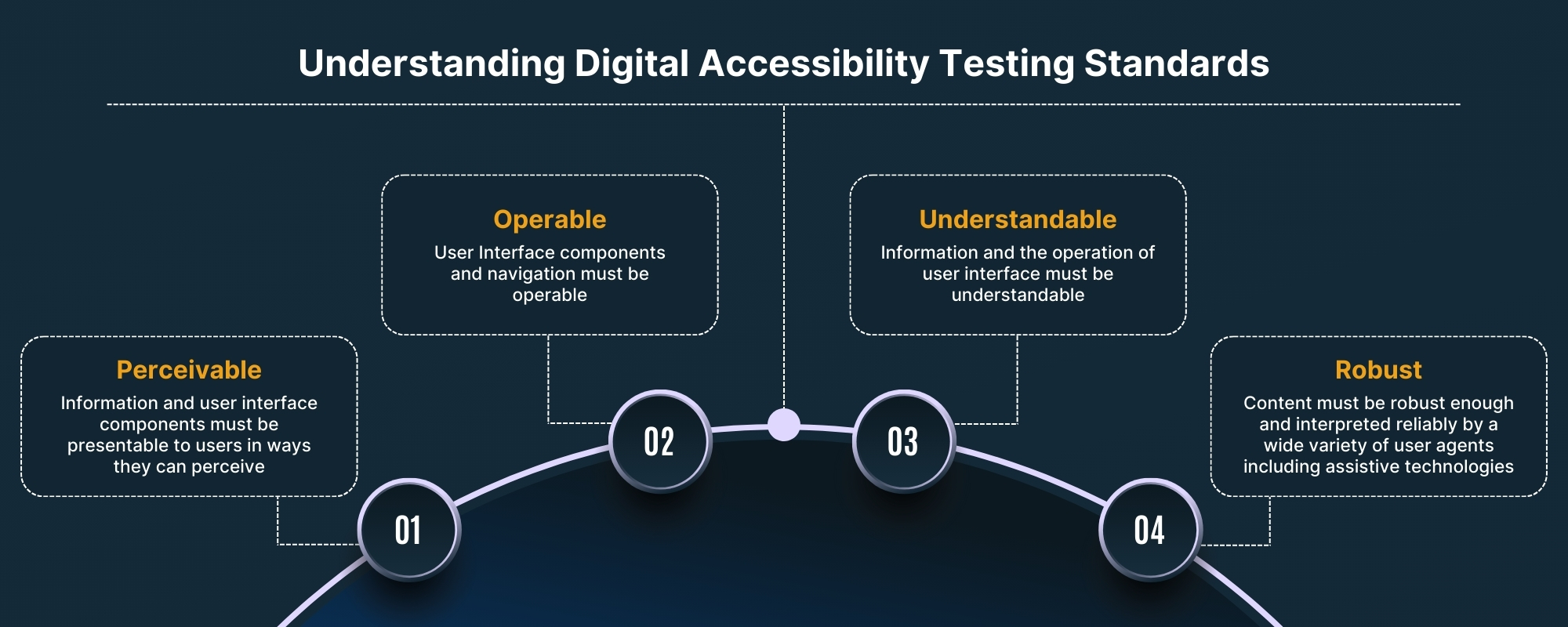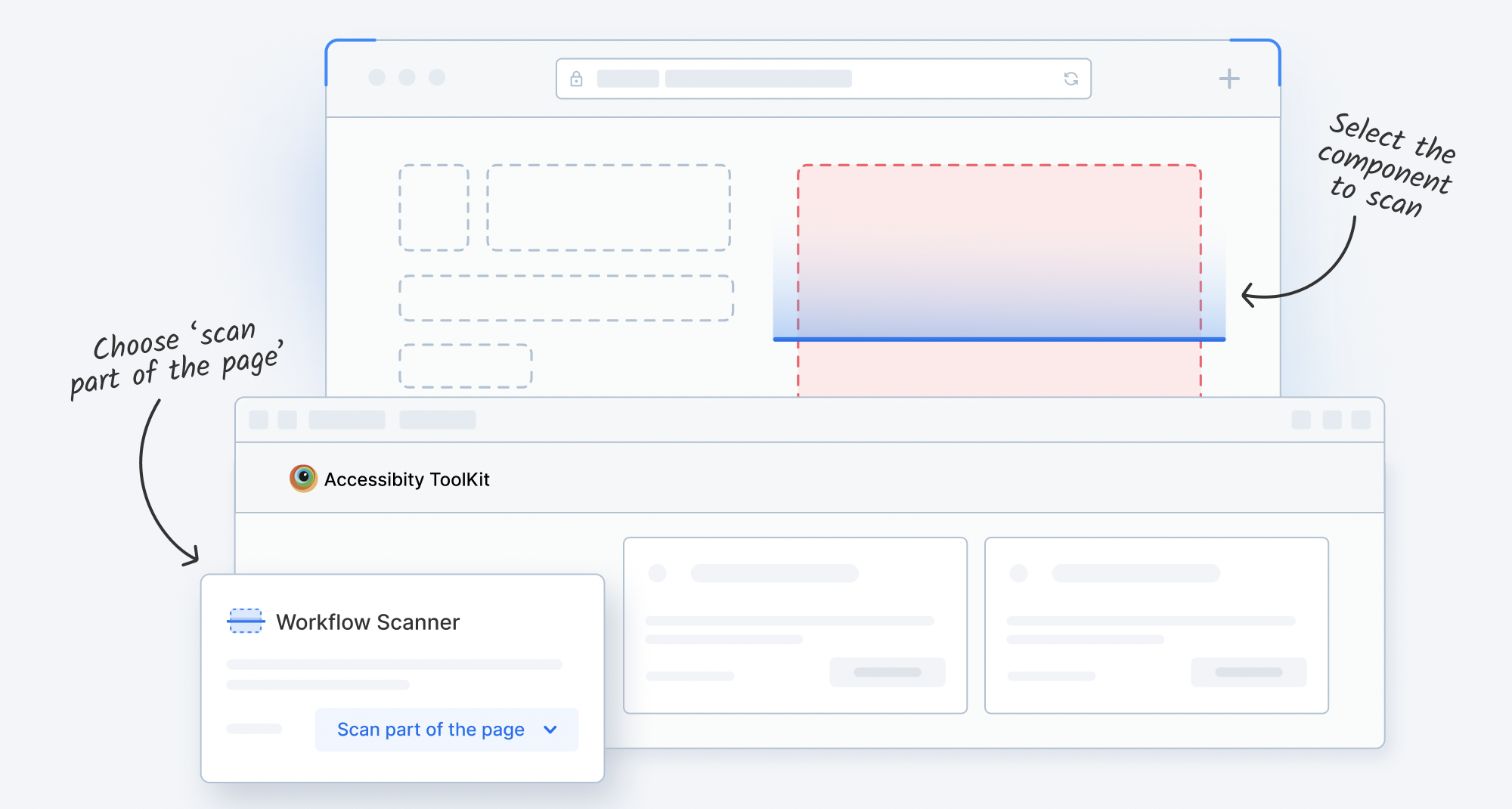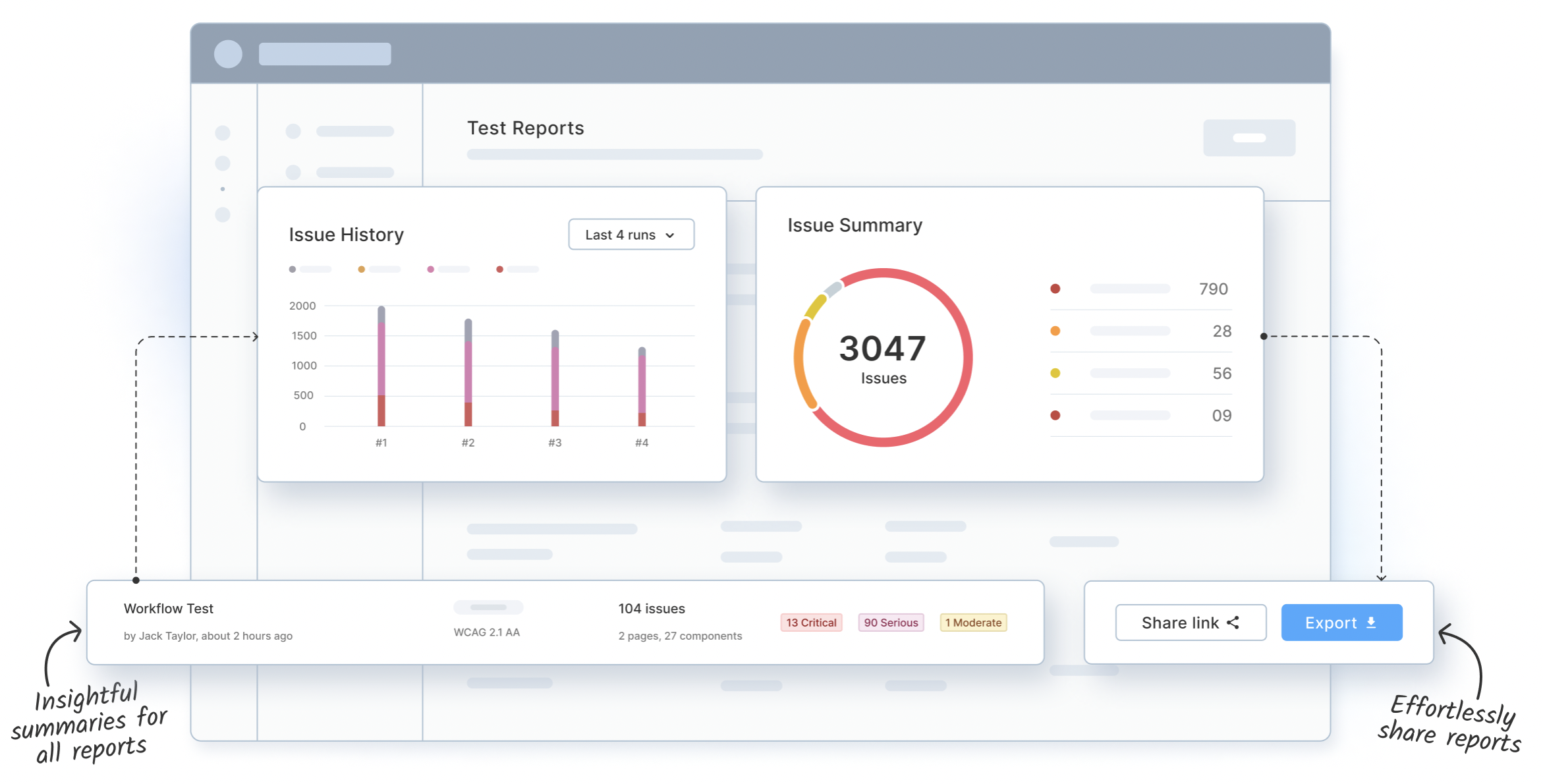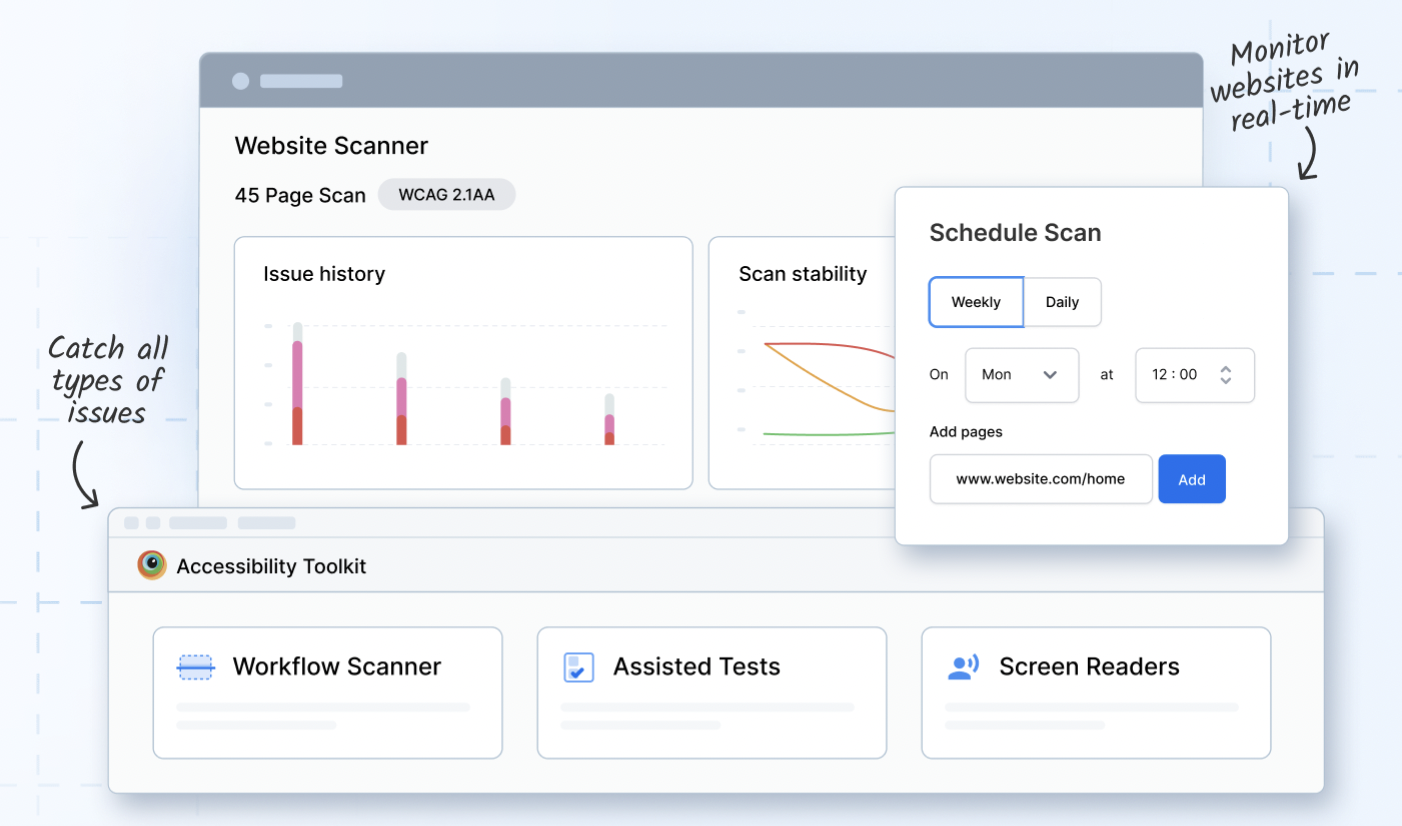What is Section 508 Compliance?
What is 508 Compliance?
Section 508, refers to the U.S Workforce Rehabilitation Act of 1973, which ensures federal agencies make their electronic and information technology accessible to people with disabilities.
The law applies to all federal agencies when they develop, procure, maintain, or use electronic and information technology.
Amended in 1998, Section 508 of the Rehabilitation Act of 1973 focuses on setting accessibility standards for EIT, including websites, software applications, hardware, and other electronic content.
The standards are designed to make technology accessible to individuals with disabilities, including those with visual, auditory, cognitive, and motor impairments.
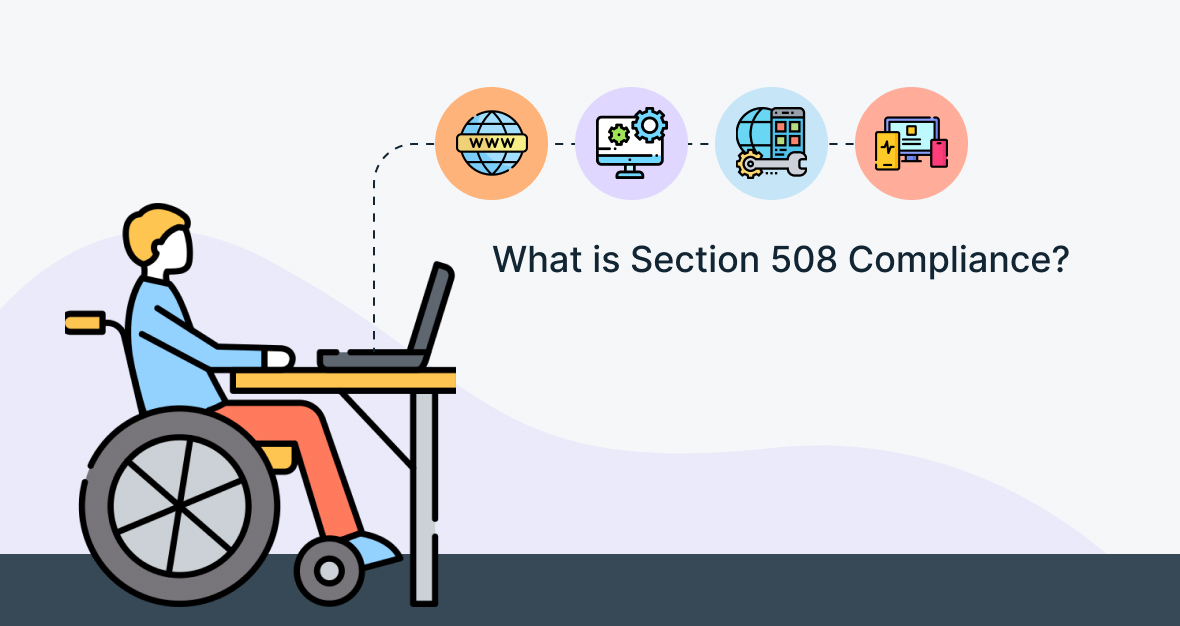
Section 508 standards were updated in 2017 to align with the Web Content Accessibility Guidelines (WCAG) 2.0, which is an internationally recognized set of guidelines for web accessibility developed by the World Wide Web Consortium (W3C).
Scope of 508 Compliance
Section 508 compliance is mandatory for federal agencies, and it extends to any electronic and information technology they develop, purchase, use, or maintain. This includes websites, software applications, electronic documents, multimedia, and more.
Situations where compliance may not be achievable due to undue burden or fundamental alteration of the technology. In such cases, agencies are required to provide an alternative means of access.
Why is 508 Compliance Important?
The US has a disability of 13.4% of its population, where people have one or the other form of disability. Disability is more common among older individuals, with almost half (46%) of those aged 75 years and older living with a disability.
75% of the disabled people in America use the Internet, which makes Section 508 compliance for accessibility essential for the federal websites to follow.
To make federal websites and electronic content accessible to all, irrespective of their disabilities Section 508 compliance was introduced. 508 compliance is important to ensure that information published by the Federal Government is evenly distributed to all the citizens of America, making it all-inclusive.
What are the 508 compliant website requirements?
Section 508 outlines that Electronic content must adhere to the Level A and Level AA Success Criteria and Conformance Requirements outlined in Web Content Accessibility Guidelines (WCAG) 2.0. This means all the federal websites should conform to Level A and AA of WCAG 2.0 to meet Section 508 compliance requirements.
WCAG is a set of guidelines developed by the World Wide Web Consortium (W3C), which influences global web accessibility policies like Section 508 and ADA Compliance. WCAG compliance is based on 4 Key Principles:
- P- Perceivable
- O- Operable
- U- Understandable
- R- Robust
These principles further classify into actionable guidelines that should be followed for Section 508 WCAG compliance. Here are the WCAG guidelines:
| 1. | Perceivable | |
|---|---|---|
| 1.1 | Text Alternatives | Provide Text Alternatives to different non-text content forms so that it can be used by assistive technology such as screen readers, braille, large print, symbols, or easy language. |
| 1.2 | Time-based Media | Provide Captions, alternatives or audio descriptions for pre-recorded and live time-based media such as audio or video. |
| 1.3 | Adaptable | Create content that is adaptable to different forms without losing out on the information or its structure. |
| 1.4 | Distinguishable | Make content easier for the user to see and hear so that they can separate the foreground from the background. |
| 2. | Operable | |
| 2.1 | Keyboard Accessible | Make all the functionality of the website accessible from a keyboard without requiring specific timings for individual keystrokes. |
| 2.2 | Enough Time | Give the users enough time to read and act on the content. |
| 2.3 | Seizures | Content design should not have anything that flashes more than 3 times to avoid causing seizures due to photosensitivity. |
| 2.4 | Navigable | Help users navigate through the workflows and webpages, find content, and determine where they are on the website. |
| 2.5 | Input Modalities (WCAG 2.1 & WCAG 2.2) | Make it easier for the users to operate functionalities using different inputs apart from the keyboard. |
| 3. | Understandable | |
| 3.1 | Readable | Create content that is readable and easy to understand using clear and simple language. |
| 3.2 | Predictable | Design content and pages in a predictable way, where users can easily predict how to operate. |
| 3.3 | Input Assitance | Help users provide correct information and correct mistakes through ways like clear instructions and error prevention techniques. |
| 4. | Robust | |
| 4.1 | Compatible | Create a website with maximum compatibility with the current and future user agents such as browsers, devices, and platforms, including assistive technologies. |
Read More to know about WCAG Compliance and Guidelines in detail
How to perform 508 Compliance Testing using BrowserStack Accessibility Testing Tool
BrowserStack Accessibility Testing is a unified platform for swiftly detecting both fundamental and intricate accessibility issues. It is a one-Stop Solution to
- Test,
- Report, and
- Monitor Web Accessibility Health.
Test Web Accessibility for 508 Compliance
You can perform 508 Compliance Testing on your website using BrowserStack Accessibility Testing Tool. It allows you to:
- Test any workflow in a single scan using Workflow Scanner
- Identify complex accessibility issues by answering simple, auto-generated questions using Assisted Tests
- Precisely locate issue sources using Screen Readers on Real Devices
Workflow Scanner allows you to Scan user flows across a full-page scan or test part of a page for accessibility checks. You can automatically identify and report basic issues such as missing alt text and insufficient color contrast at speed using the Workflow scanner.
Try BrowserStack Accessibility Testing
Using BrowserStack Accessibility Testing Tool you can choose the required WCAG versions and its conformance level, for example, WCAG 2.0 AA for 508 compliance testing. Once the scanner runs, it highlights all the Web Accessibility Issues along with its details.
Report Web Accessibility Issues for 508 Compliance
You can access all the accessibility reports from the past and present runs on one single dashboard in BrowserStack Accessibility Testing Tool. You can easily combine multiple reports into one comprehensive report in seconds, and use insightful issue summaries to better inform debugging.
BrowserStack Accessibility Testing tool provides you the details on Issue Summary and Workflow Log Reports within the dashboard. Issues in all reports are grouped on the basis of violating WCAG guidelines for easier VPAT report creation.
You can also select multiple reports to create a consolidated report that can be shared or exported as a CSV file.
Learn More about Accessibility Testing
Monitor Web Accessibility for 508 Compliance
You can schedule scans at regular intervals and get a detailed Accessibility report with BrowserStack Accessibility Testing Tool. Once the workflow scan is completed, you can get details on Issue Summary and Workflow Log Reports within the dashboard.
Schedule Website Scan for 508 Compliance Now
How to make website 508 compliant?
Here are some of the key best practices to make website 508 compliant:
- Understand and Implement WCAG Standards
- Track WCAG 2.0 using a 508 Compliance checklist based on WCAG standards.
- Use HTML Markup in the content as per the accessibility standards.
- Create workflows that users can easily understand and follow.
- Make easy-to-use Design Navigation.
- Check the compatibility with Assistive Technology such as Screen Readers.
- Create interactive elements that are easy to identify.
- Create designs for different viewport sizes.
- Perform cross-browser compatibility tests on the website regularly.
- Regularly audit your digital content, including websites, documents, and applications, to identify and address accessibility issues by performing WCAG Testing
- Run usability tests with users across the disability spectrum.
- Create VPAT reports and track Web Accessibility conformance regularly.
Here’s a handy 508 compliance checklist that can help you check web accessibility standards are duly followed to make the website 508 compliant:
- Insert alternative text tag on visual assets.
- Use headlines and descriptions in a clear hierarchy with well-defined structure.
- Use sufficient color contrast to make content perceivable.
- Keep text font and size easy to view.
- Ensure Hyperlinks in documents have descriptive text.
- Accommodate keyboard navigation.
- Add subtitles and captions to videos.
- Avoid seizures due to photosensitivity by avoiding any flashing lights or blinking bright elements on the website.
- Use clear labels in form elements, along with proper instructions for a better understanding.
- Use pop-ups and alerts to help users avoid mistakes.
- Make it easy to correct mistakes if they occur using options like Back and Edit.
- Use concise language in text content for easy understanding.
- Ensure the website is compatible with screen readers and other assistive technologies.
Conclusion
508 compliance ensures that federal electronic and information technology is accessible to all. It ensures all-inclusion and clearly specifies the requirements of web accessibility for all electronic content, including websites, software applications, and hardware.
To follow 508 compliance, WCAG 2.0 should be conformed to. WCAG has set a detailed framework to test accessibility with its 4 Principles and Guidelines. It ensures that the website has an all-inclusive design.
By running Accessibility Tests based on the WCAG you can check 508 compliance for the website and follow all the guidelines to deliver electronic content that is accessible to all.
